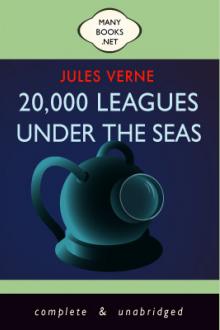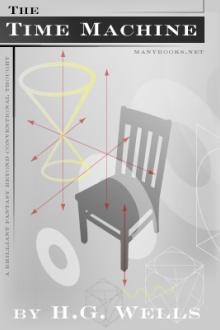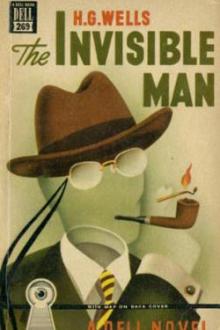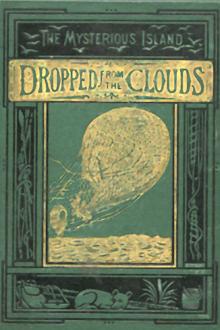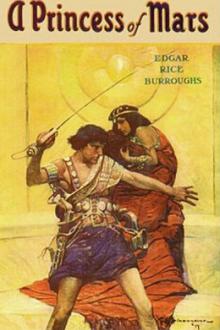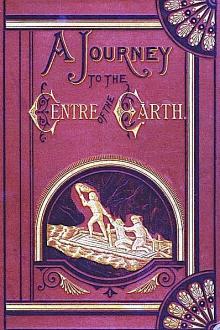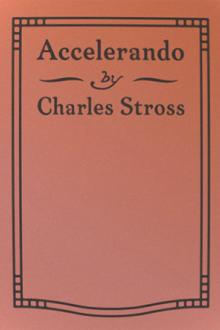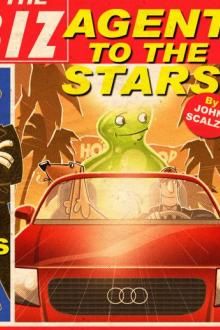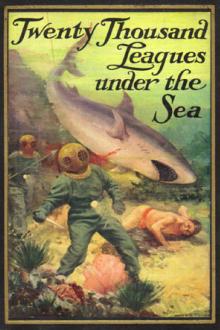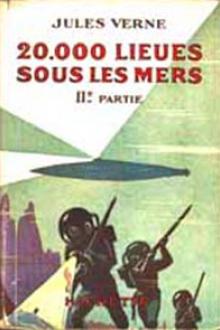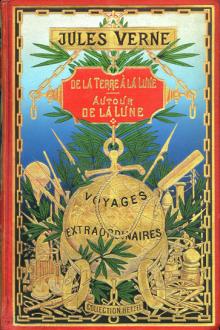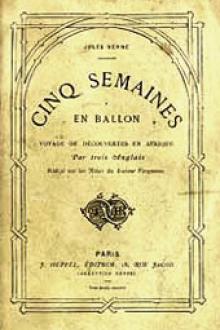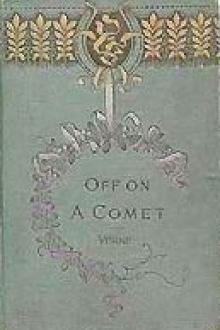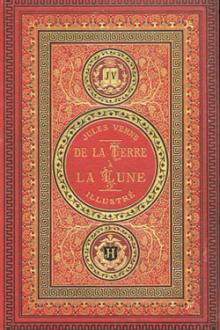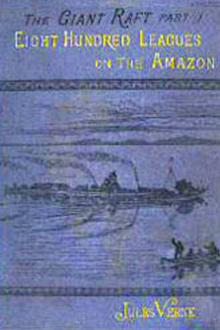From the Earth to the Moon
Book Excerpt
Impey Barbicane was a man of forty years of age, calm, cold, austere; of a singularly serious and self-contained demeanor, punctual as a chronometer, of imperturbable temper and immovable character; by no means chivalrous, yet adventurous withal, and always bringing practical ideas to bear upon the very rashest enterprises; an essentially New Englander, a Northern colonist, a descendant of the old anti-Stuart Roundheads, and the implacable enemy of the gentlemen of the South, those ancient cavaliers of the mother country. In a word, he was a Yankee to the backbone.
Barbicane had made a large fortune as a timber merchant. Being nominated director of artillery during the war, he proved himself fertile in invention. Bold in his conceptions, he contributed powerfully to the progress of that arm and gave an immense impetus to exper
Editor's choice
(view all)Popular books in Science Fiction
Readers reviews
R: * * * * *
Plot bullets
The first part is about the concept and preparation for the trip to the moon.
o The president of 'The Gun Club' of Baltimore, Impey Barbicane convinces his members that they can build a large cannon and launch a projectile to the moon.
o Barbicane's philosophical and commercial enemy Captain Nicholl tries to
defeat the idea and the launch. While Barbicane and his club have been
building bigger and more destructive guns and artillery, he has been
trying to offset those advances with better armament.
o Financing is obtain from a world wide solicitation. Florida is chosen as
the site for the cannon, a vast amount of explosive Gun-cotton is chosen as the initial and only propellant, observatory calculations are made and the site and
cannon prepared.
o A Frenchman, Michel Ardan, adds a last minute deviation to the specifications.
He wants the projectile to be manned, by himself.
o After many heated discussions and negotiations, all three men decide to
go on a trip to the moon.
The second part 'Round the Moon' is about the trip to the moon.
o The three men begin their journey.
[o} They have an early close encounter with a comet. That, as well as some
miscalculation on escape velocity, disallow a landing on the moon.
o The projectile is being observed by a large telescope created for that
purpose. To the observers, all is lost.
o The three men accept their fate and delve into scientific documentation
of the sites they see.
;o] There appears to be only a very slight possibility that these men
will ever return.
The three passengers of the moon projectile will not land on the moon, but are the first to travel 'From The Earth To The Moon and Round the Moon'.
As with most of Verns works, there are several
translations and packaging of the two stories as with 'The Moon Voyage' in 1873
and 'All Around the Moon' (the second part only) in 1873.
- Upvote (0)
- Downvote (0)
Verne shows great imagination and precise scientific principles of his day--it's spooky to read the calculations and physics that are amazingly similar to the Apollo moon missions, and also entertaining to see his imaginative yet inaccurate bits (vegetation and water on the far side of the moon?)! The first book deals with engineering an enormous cannon to shoot a space capsule to the moon, and the second part chronicles the journey. Some of the scientific description may be dry for some readers, but humorous and endearing characters are well-developed throughout. Thank you, Jules Verne!
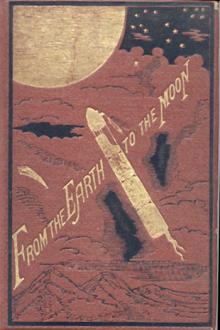
 Free Download
Free Download











